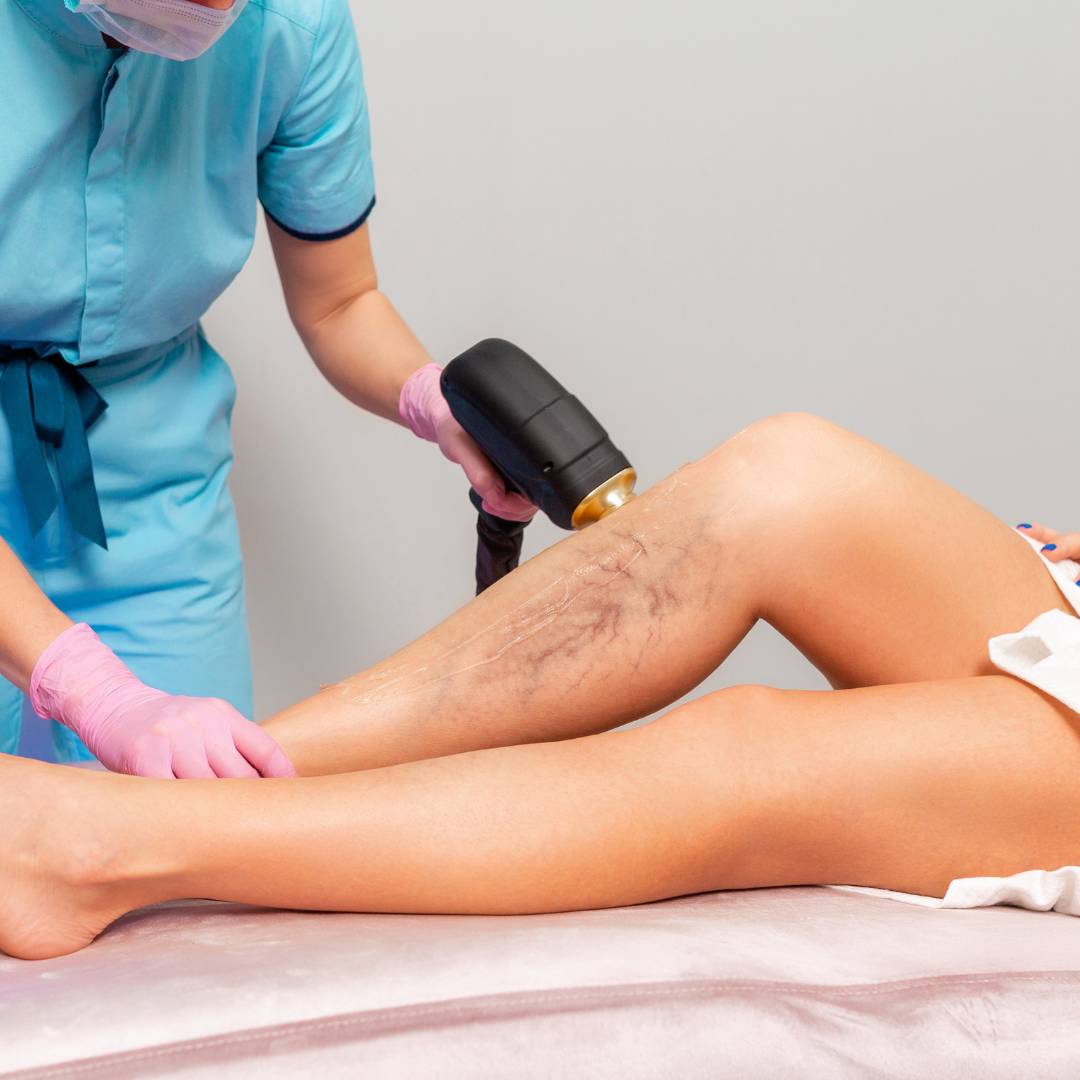
September is Peripheral Artery Disease (PAD) Awareness Month, and it’s a good time to consider the health of your arteries. More than eight million Americans aged 40+ suffer from this disease. So in this post, Dr. Eric Ricefield, Dr. Mark Yagodich, Dr. Aliza V. Eisen, and Cassandra Stache, DPM of greater Philadelphia’s Your Next Step Foot and Ankle Care Center, share information to bring awareness to this serious condition.
PAD develops when the arteries that carry oxygenized blood to the tissues narrow, which diminishes blood flow to the extremities and starves the organs and tissues.
Risk Factors of PAD
Because both conditions result from plaque buildup, the risk factors for PAD are quite similar to those with coronary artery disease, including:
- Having a BMI higher than 30.
- Aging.
- Smoking any tobacco products.
- Having high blood pressure and/or high cholesterol.
- Hereditary.
- Having diabetes.
- Having chronic kidney disease.
Because both lead to reduced arterial blood flow, people who suffer from diabetes and/or smoke run the highest risk of developing PAD.
Symptoms of PAD
Because some patients with PAD have no obvious symptoms, seeing a specialist regularly is crucial to identifying the disease in its early stages when it can be treated more easily. Some people complain of leg pain when walking, varying from mildly annoying to so debilitating the patient can’t walk.
Other signs and symptoms include:
- Leg numbness and/or weakness.
- Leg cramping.
- Ulcerated skin on feet or legs.
- Cold skin on the foot or lower leg.
- Weak pulse in lower extremities.
- Reddish skin color.
Treatment for peripheral artery disease has two primary goals – managing pain and other symptoms so you can continue with your physical activities and stop the progression of the disease with medication, angioplasty to remove blockages or lifestyle changes.
We encourage our patients to attempt to achieve these goals first with lifestyle changes, particularly in the early stages of PAD. If you smoke, the most crucial thing to do to reduce complications is to quit. A low-fat diet and a regular, supervised exercise program can also considerably improve your symptoms. If lifestyle changes aren’t sufficient, we will explore other options.
If you are experiencing any symptoms of PAD in your feet, contact Greater Philadelphia’s Your Next Step Foot and Ankle Care Center. You can click here to locate contact information for the nearest office to book your appointment.
